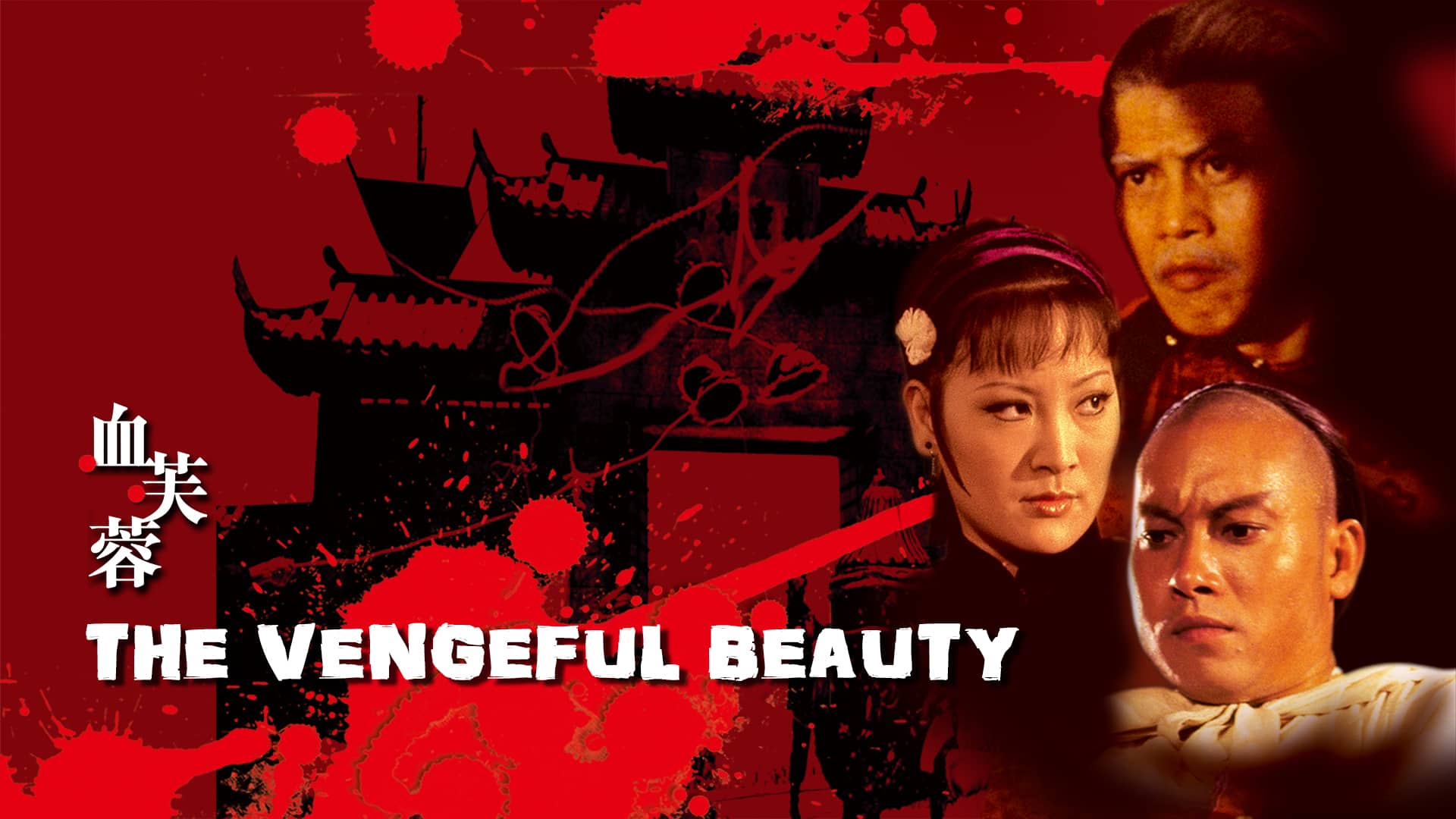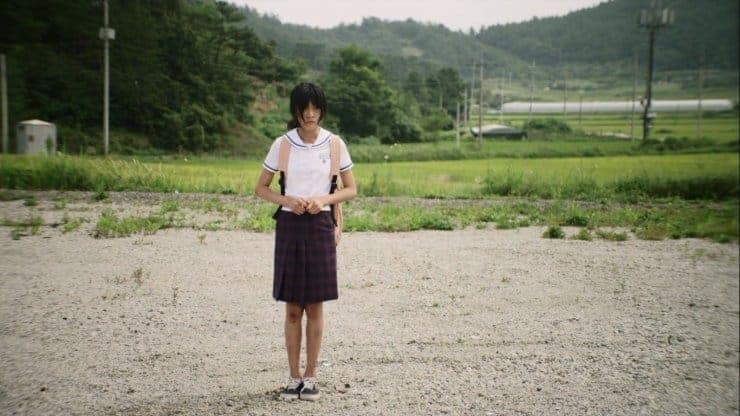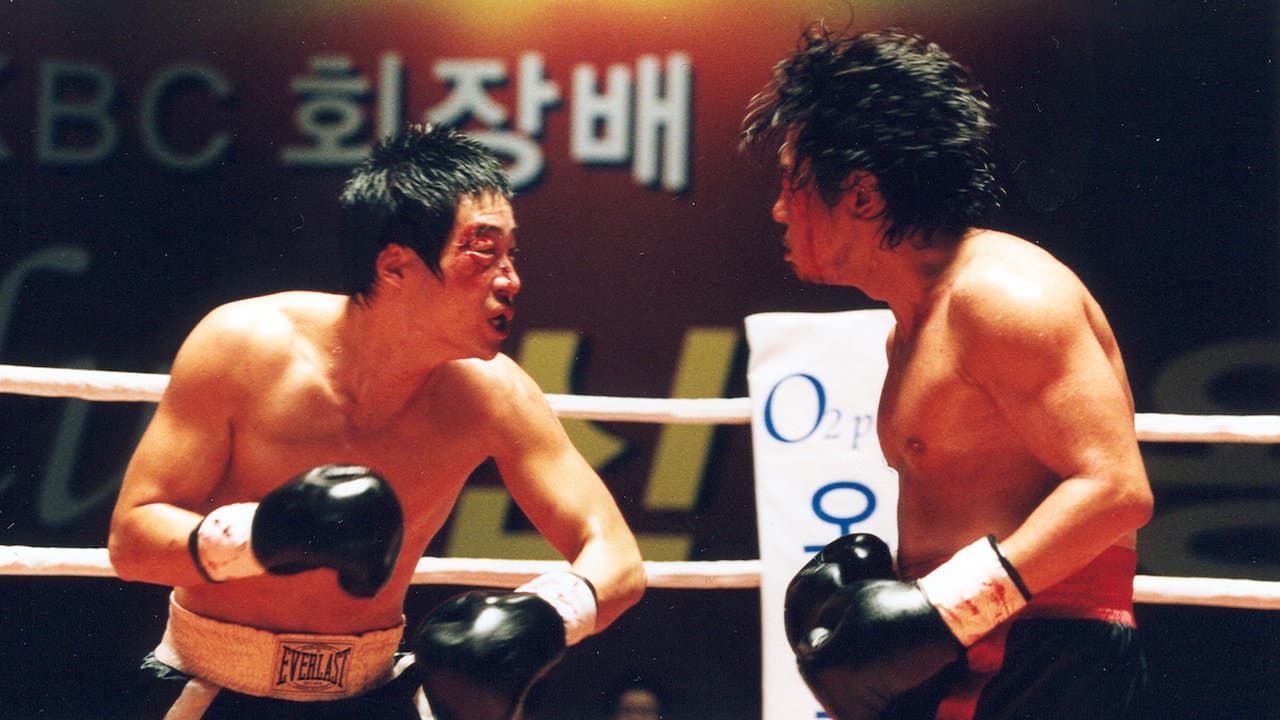41. The Enchanting Shadow (1960) by Li Han-hsiang
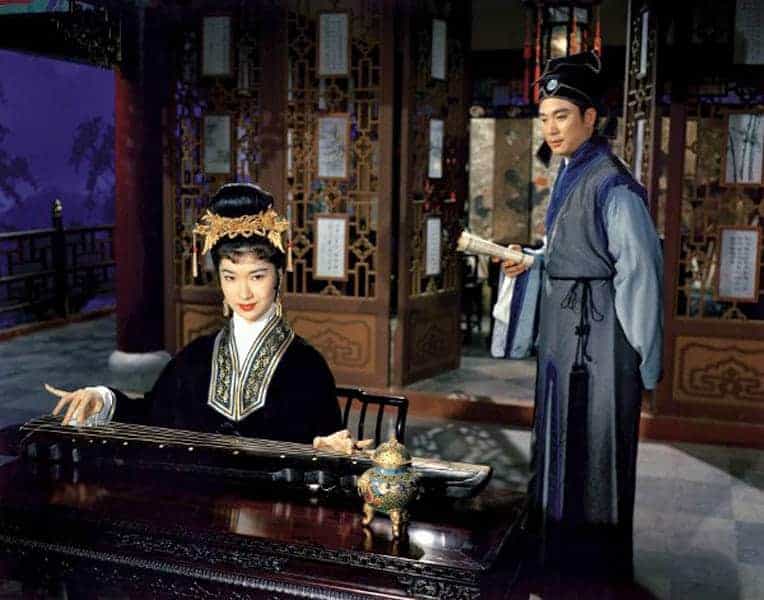
“The Enchanting Shadow” is both visually stunning and eerily beautiful, as the set designs are very detailed, especially the look of the ruined Jin Hua temple. It's a huge set full of dreadful decaying rooms, endless corridors filled with shadows, fogs and broken windows; it even has a creepy pagoda. In spite of this, it's not shot in the usual Shawscope and it's strange to observe the absence of the legendary Shaw logo and theme song playing at the beginning. But the detailed and colorful costumes are definitely the trademark of Shaw Brothers. There's a heavy use of wailing sound, probably from the theremin and to great effect during the eerie moments. (David Chew)
42. The Flying Guillotine (1975) by Ho Meng Hua
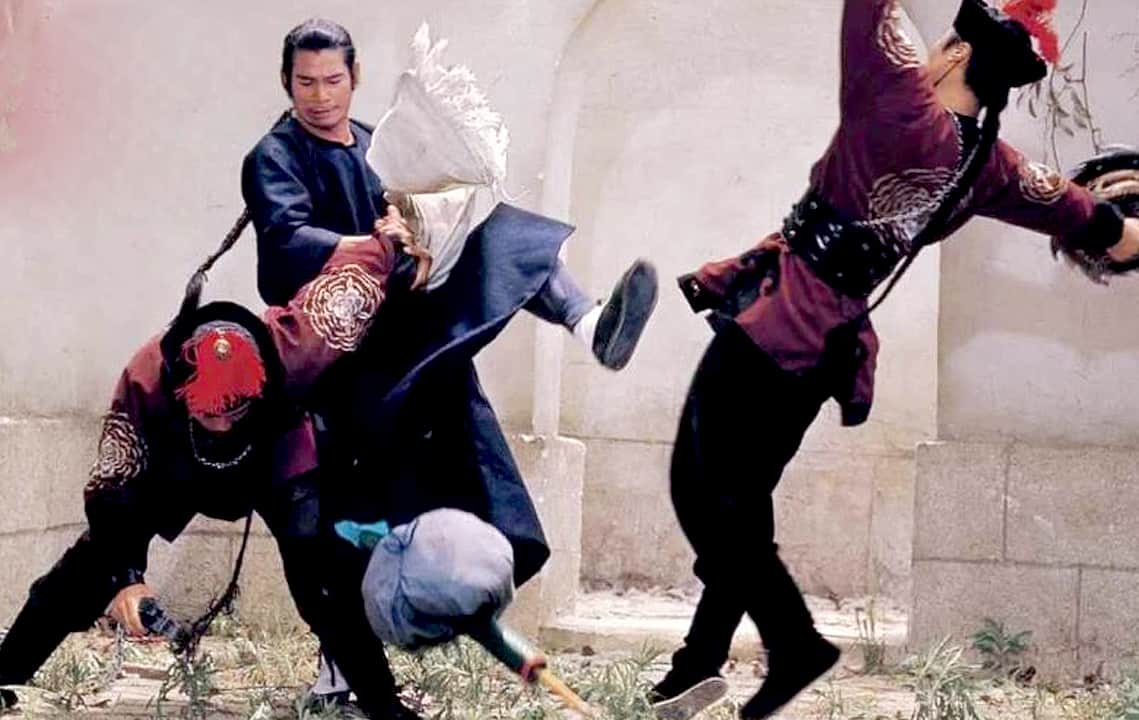
Starting with “The Flying Guillotine” back in 1975, director Ho unleashed his deadly decapitating machine on the big screen and started a trend. But he was too busy doing other horror projects like “Black Magic”, “Oily Maniac” and “The Mighty Peking Man” that he was not able to do the official follow-up. Even so with “The Dragon Missile” (1976), he did manage to do a quick knockoff version while other directors and actors were finishing off the troublesome sequel. Interestingly, when it finally came out in 1978, Ho also released the concluding chapter concerning the flying guillotine for the Shaw Brothers in the form of “The Vengeful Beauty” or “Bloody Hibiscus” as in the Chinese title. (David Chew)
Buy This Title
on Amazon by clicking on the image below
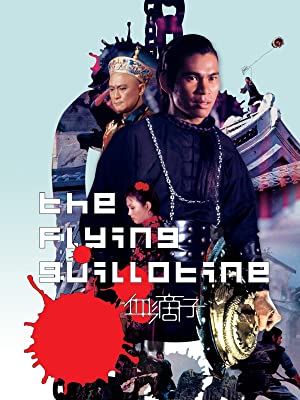
43. The Flying Guillotine 2 (1978) Cheng Kang and Hua Shan
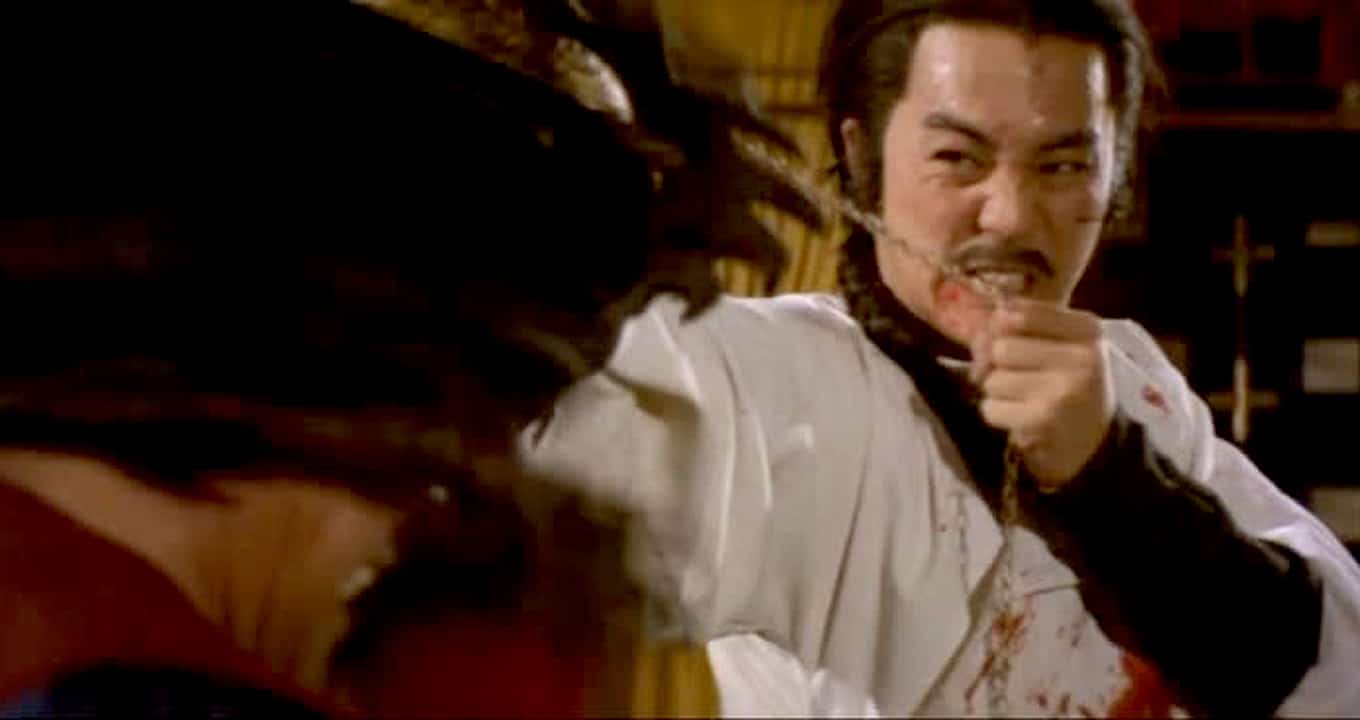
Interestingly, besides being a ruthless and evil leader, Emperor Yung Cheng is now a kung fu expert who has no problem fighting off assassins; this is a total contrast from the first film. Of course, Ku Feng is more than adequate at playing such a role. In her meaty and demanding role as a double agent Na Lan, Shih Szu doesn't disappoint, as her exchanges with Lo Lieh and Wei Hung and the way they try to outsmart each other is a delight to behold. Besides, she is just as mean and full of energy with her action sequences. (David Chew)
Buy This Title
on Amazon by clicking on the image below

44. The Magic Blade (1976) by Chor Yuen

This turned out to be quite the enjoyable and effective effort. As was typical of the time, the fighters wield fantastic weapons, are able to survive ordinarily-mortal wounds and leap up over two-story buildings in a single bound. Beyond that, there's plenty of martial arts acrobatics to wonder at, including numerous sequences where hordes of swordsmen fall victim during the onslaught, a fantastic sword-fight finale and the confrontations with several assassins to keep the film going. These are expertly choreographed by Chia Tang, ensuring even the briefest of assassins to appear on-screen look good, while the various hordes of opponents being taken out are quite impressive to behold. (Don Anelli)
Buy This Title

45. The New One-Armed Swordsman (1971) by Chang Cheh
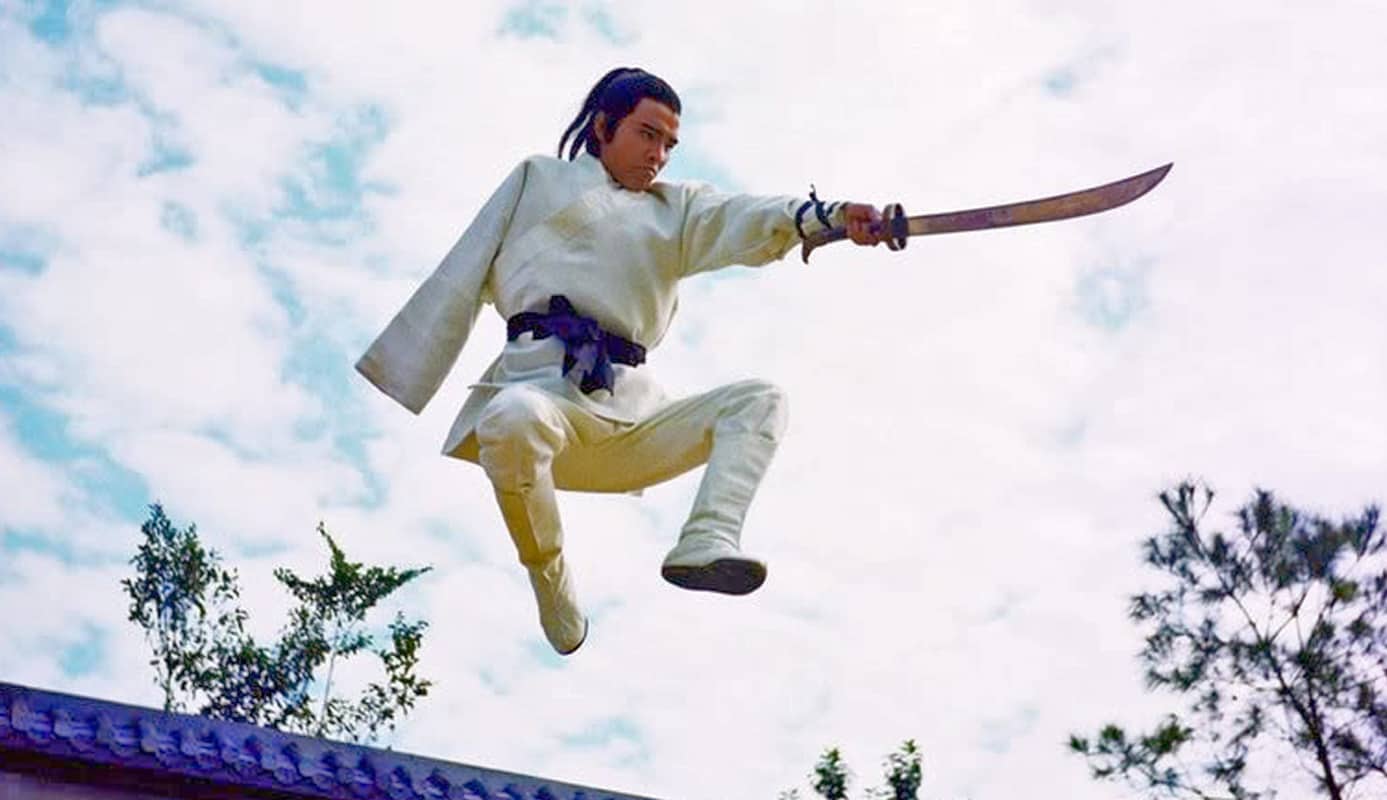
It's from here on that “The New One-Armed Swordsman” turns into a revenge movie, which is a total contrast to the first two movies starring Jimmy Wang Yu. However, David Chiang is perfect as Lei Li, as he's able to display a range of emotions. Ti Lung is wonderful as Fung Chun-chieh, the chivalrous swordsman and it's a joy seeing him slashing away with two swords. Of course, having Ku Feng played the villain Lung Yi-chih is the icing on the cake; he's both charming and delightful. Also worth mentioning is Chan Sing who plays Chief Chen Chun Nan. His role is small but memorable nonetheless. (David Chew)
Watch This Title
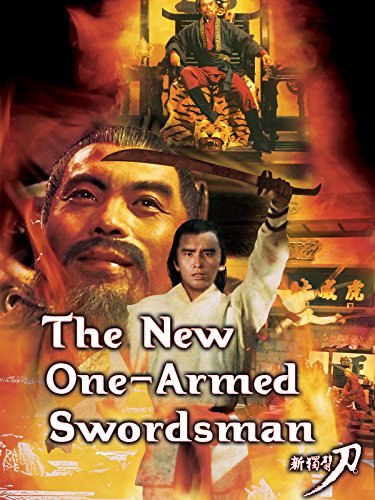
46. The Sentimental Swordsman (1977) by Chor Yuen

From the opening shots of a snow covered landscape, viewers are in for a visual treat as Chor Yuen further makes use of frozen rivers, snowcapped mountains and old buildings to tell his story. Equally impressive are his displays of those amazing highly detailed indoor sets which look lived-in and blend perfectly with the real outdoor locations. Chor certainly knows how to make full use of Shaw's indoor sets with the use of flowers, fog, ponds, and fallen fake trees and so on to create his magical world. Compared to other Shaw wuxia films made during that time, the martial world Chor creates here sure looks beautiful, epic and sprawling, even though it is a fairly treacherous place as always. (David Chew)
Buy This Title
on Amazon by clicking on the image below
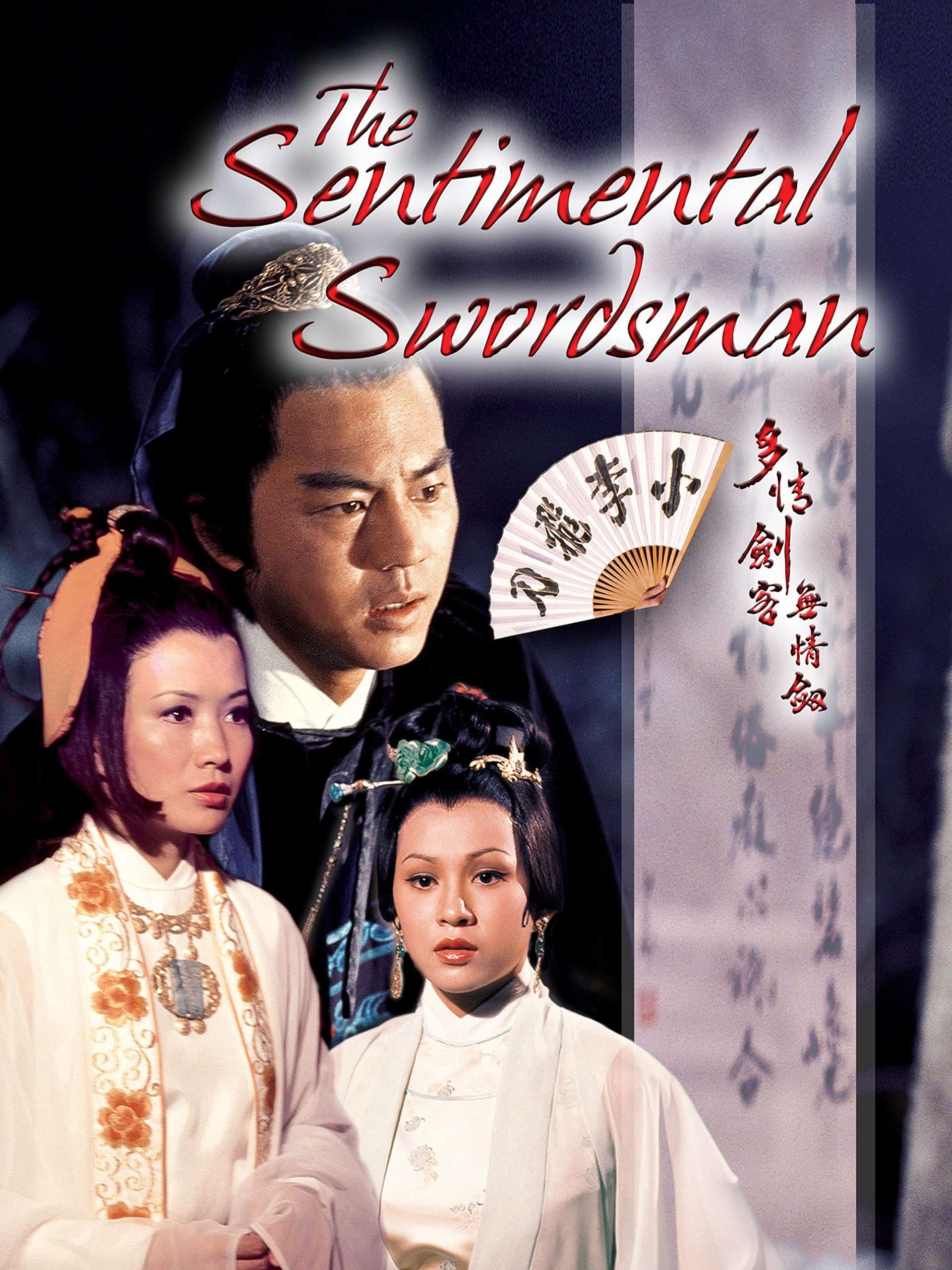
47. The Shaolin Avengers (1976) by Chang Cheh
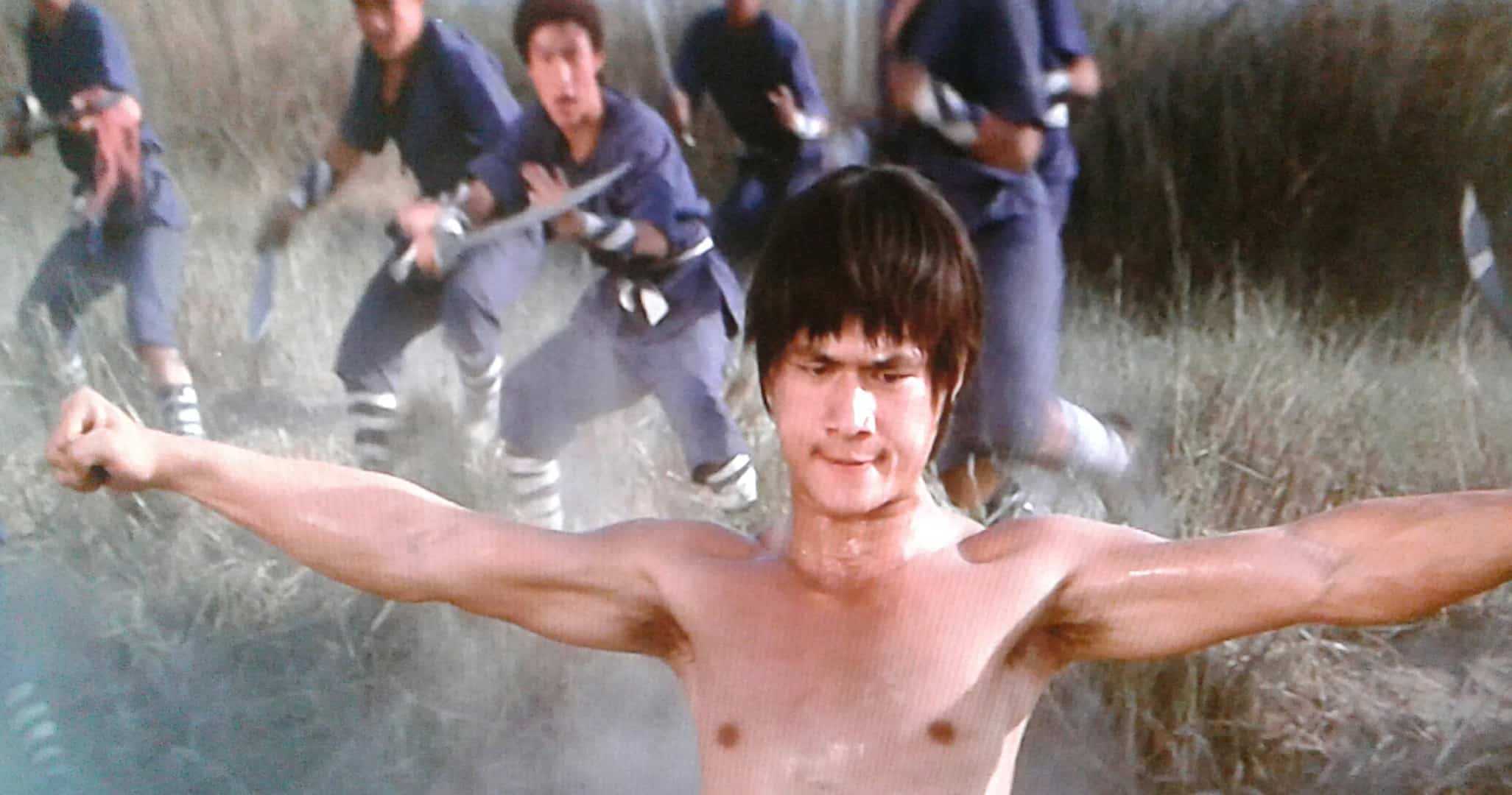
If that synopsis feels a bit familiar, then it's because director Chang Cheh made a cycle of Shaolin epics in the mid-late 1970's with a similar cast almost in rotation. “The Shaolin Avengers” stands out by having a rather unusual fractured narrative. Whilst you may get the odd exposition flashback in some, for the most part martial arts movies tend to follow a set linear path from A to B with the arc punctuated by action. Here we actually start at the beginning of the final confrontation and then rewind, cutting back again every so often as we learn more how everyone got to that point. Initially it can be confusing, mainly because the flashbacks-within-flashbacks approach is so rare in this genre. This soon passes though and it actually adds more weight to the drama. (Ben Stykuc)
Buy This Title
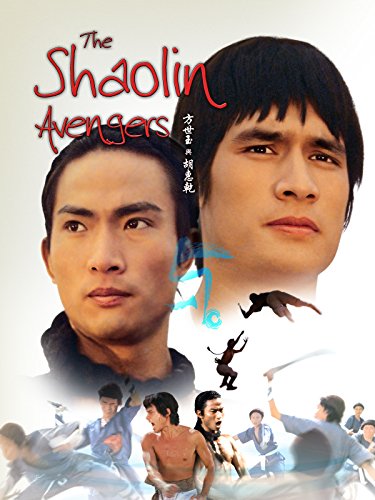
48. The Spiritual Boxer (1975) by Lau Kar Leung
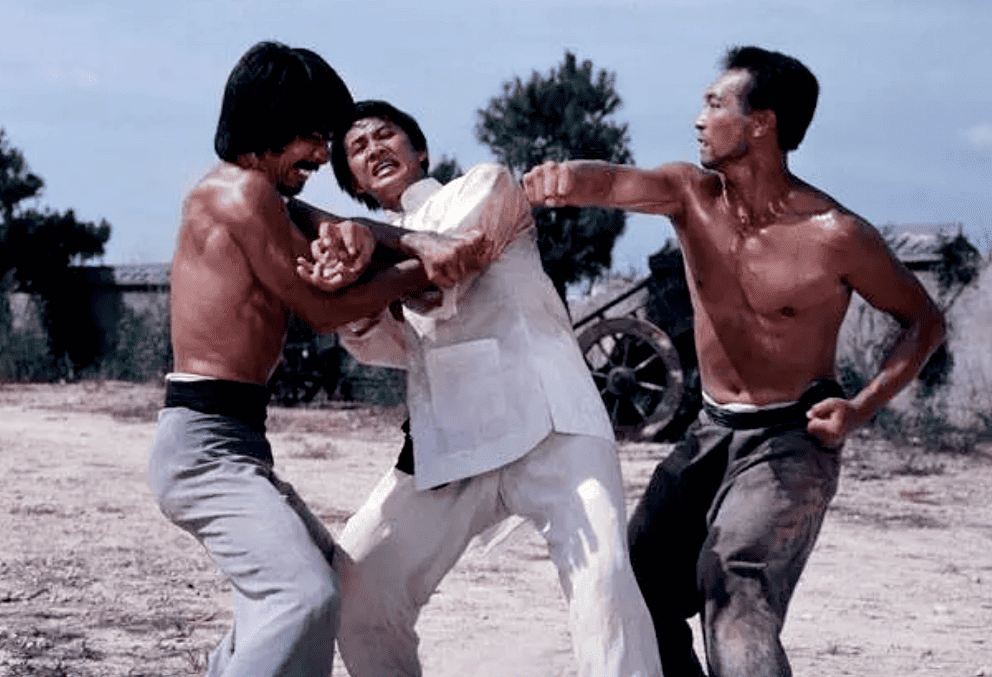
Interestingly, this production starts off in the late Qing Dynasty with a demonstration of two practitioners, wonderfully portrayed by Ti Lung and Chen Kuan Tai showing off their skills as spiritual boxers. During the time of the Boxer Rebellion, the fighters believed that through religious belief or magic and strict kung fu training, they could become impervious to weapons and summon supernatural powers. Besides, they were able to summon gods or spirits into their bodies and thus become them. But that is only an introduction to what those boxers could achieve and we don't get to see both Ti Lung and Chan again, as the film switches to protagonist Siu Chien, the kung fu conman many years later. Nonetheless, this theme of different animal styles kung fu performed by the possessed boxer would become the backbone of the plot. (David Chew)
Buy This Title
on Amazon by clicking on the image below

49. The Sword of Swords (1968) by Cheng Kang

Basically, this is an action-packed melodrama concerning protagonist Lin Jen Chiau, played by Jimmy Wang Yu, a tragic hero and a disciple of Master Mui who has the unfortunate task of protecting a magical divine sword which he is to give back to the Royal Court through Hero Wang. For most of the duration of the movie, he sort of just mopping around not knowing what he should do while the sword hangs on his back. Thankfully, he eventually wakes up after all his family members except his wife get killed and he becomes a killing machine looking for revenge. This is the kind of role Wang is amazingly good at. (David Chew)
Buy This Title
on Amazon by clicking on the image below

50. The Vengeful Beauty (Ho Meng Hua, 1978, Hong Kong)
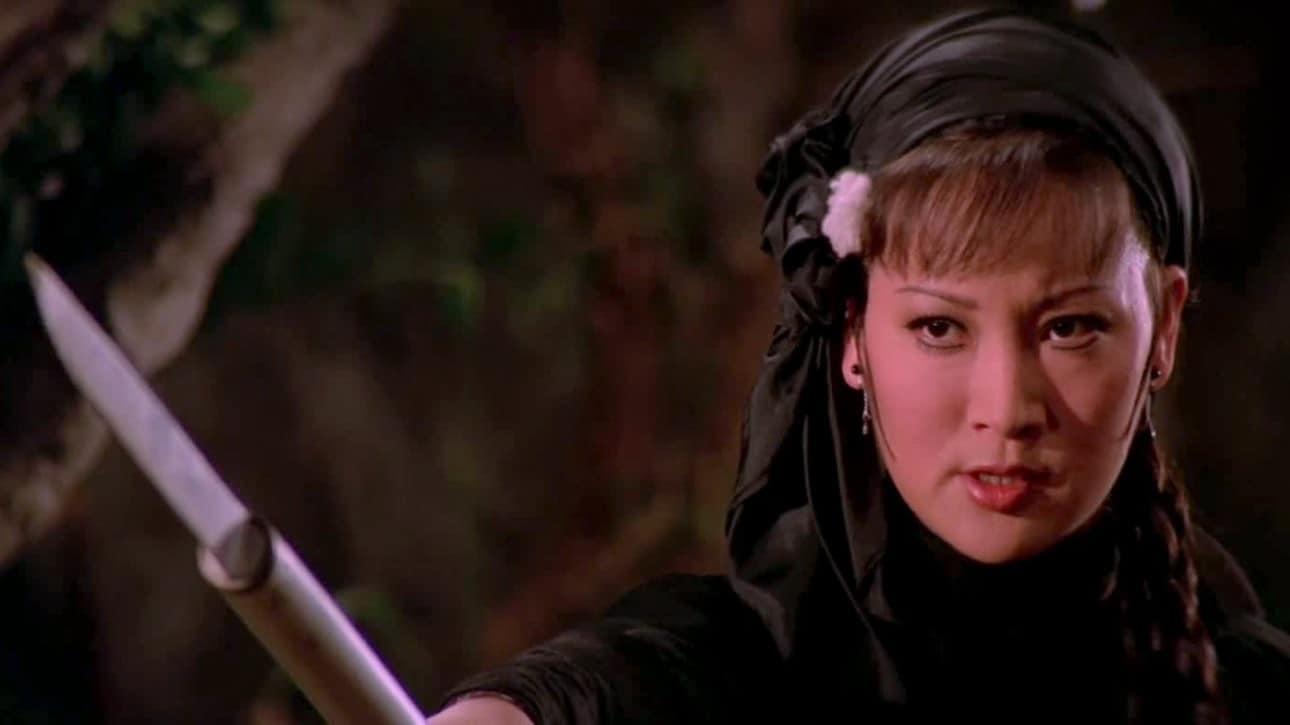
With this final guillotine adventure, which feels like a semi-sequel at times because of Ho's use of actual footage from his original film to emphasize and connect the thin plot together, this essentially is a straight revenge story with a strong female protagonist who is pregnant, thereby adding more tension and drama. The production looks good overall especially those huge outdoor sets that Ho is able to use to his advantage in telling his story. (David Chew)
Buy This Title
on Amazon by clicking on the image below
